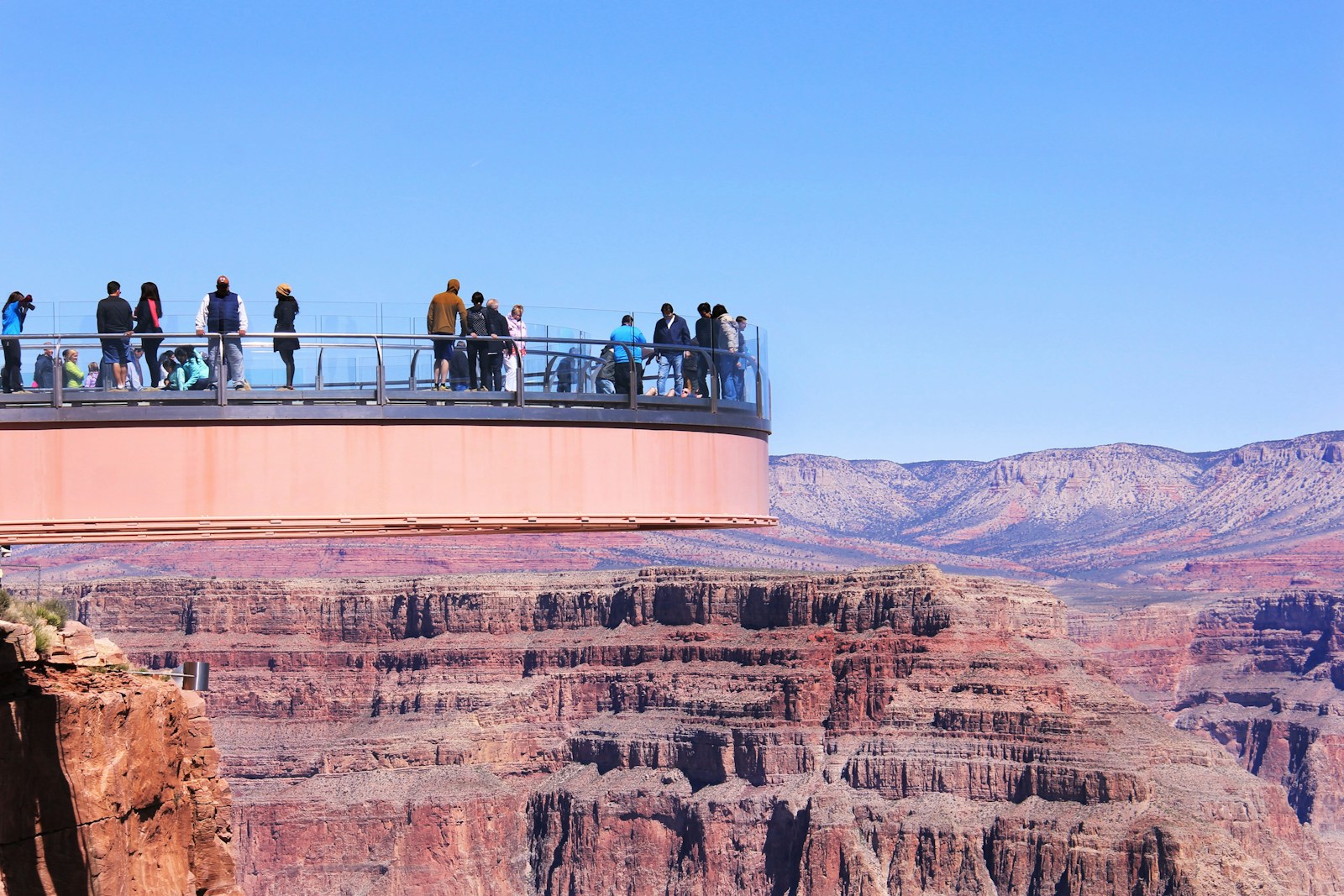Securing the perfect campsite in a popular national park often feels like winning the lottery. As outdoor recreation continues to surge in popularity, competition for prime camping spots has become fiercer than ever. From Yosemite’s towering granite cliffs to the Grand Canyon’s breathtaking vistas, these natural wonders attract millions of visitors annually, all hoping for that ideal spot to pitch their tent or park their RV. The difference between a memorable outdoor adventure and a disappointing experience can often come down to your campsite’s location, amenities, and surroundings. This comprehensive guide will walk you through proven strategies to secure those coveted camping spots, even during peak seasons when crowds are at their highest. With proper planning, insider knowledge, and a bit of flexibility, you can dramatically increase your chances of waking up to spectacular views rather than your neighbor’s generator.
Understand the Reservation Systems

Most popular national parks operate on reservation systems that open months in advance, and knowing exactly how each park’s system works is your first advantage. For example, Yellowstone accepts reservations up to 6 months ahead, while Yosemite’s coveted spots in the Valley can be reserved exactly 5 months in advance and typically fill within minutes of opening. Recreation.gov serves as the central booking platform for most national parks, but some parks have unique policies or separate reservation systems. Study the specific booking windows, cancellation policies, and reservation requirements for each park on your radar. Additionally, set up an account on these reservation platforms well before your intended booking date and familiarize yourself with the interface to avoid technical delays when time is critical.
Book During the Reservation Window Opening

The single most important tactic for securing prime campsites is being ready to book the moment reservations open. Mark your calendar with the exact date and time when bookings become available, which is typically at 7:00 or 10:00 AM Eastern Time, depending on the park. Set multiple alarms and have your device ready at least 15 minutes before the window opens, with reliable internet access. Pre-select your desired dates and have alternative dates ready as backup options. For maximum efficiency, have multiple devices ready with your account logged in, as this increases your chances if the website experiences high traffic. Remember that thousands of other hopeful campers will be attempting to book at the exact same moment, so even seconds of delay can cost you that perfect riverside or mountain-view spot.
Target Weekdays and Shoulder Seasons
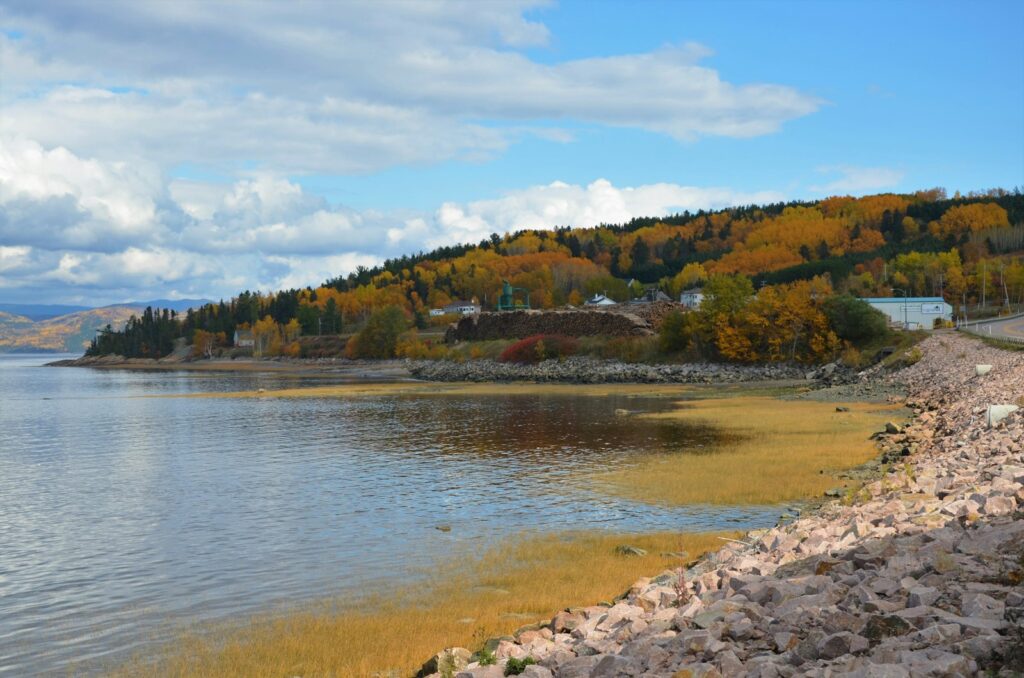
Flexibility with your travel dates dramatically increases your chances of securing excellent campsites. Weekends in summer months are notoriously difficult to book, while midweek stays, particularly Tuesday through Thursday, typically have much better availability even in popular parks. The shoulder seasons—typically May and early June or September through mid-October—offer a sweet spot of reasonable weather conditions with significantly reduced crowds. These periods often showcase unique park features like spring wildflowers or brilliant fall foliage while providing much better campsite selection. Additionally, wildlife viewing is frequently superior during these times as animals are more active and visible during cooler temperatures, adding another dimension to your camping experience.
Research the Park’s Campground Layout
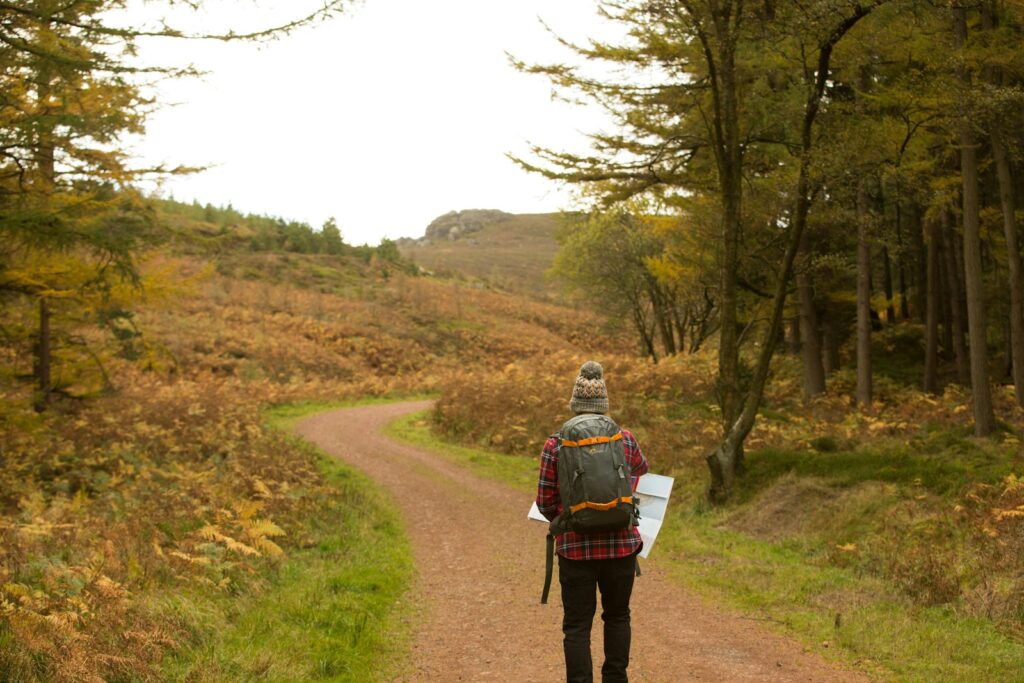
Not all campsites within a park are created equal, and pre-trip research about specific campground layouts can make the difference between an average stay and an exceptional one. Study campground maps, which are typically available on park websites or through third-party camping apps, to identify sites with the best views, privacy, or proximity to amenities. Many parks have virtual tours or user-contributed photos of individual campsites on platforms like Campendium, The Dyrt, or even Google Maps. Pay special attention to factors like site elevation, tree cover, proximity to water sources, and distance from busy roads or noisy gathering areas. Even within the same campground, the experience can vary dramatically between a secluded, tree-lined site and one that sits on an exposed, crowded loop with constant foot traffic.
Utilize First-Come, First-Served Opportunities
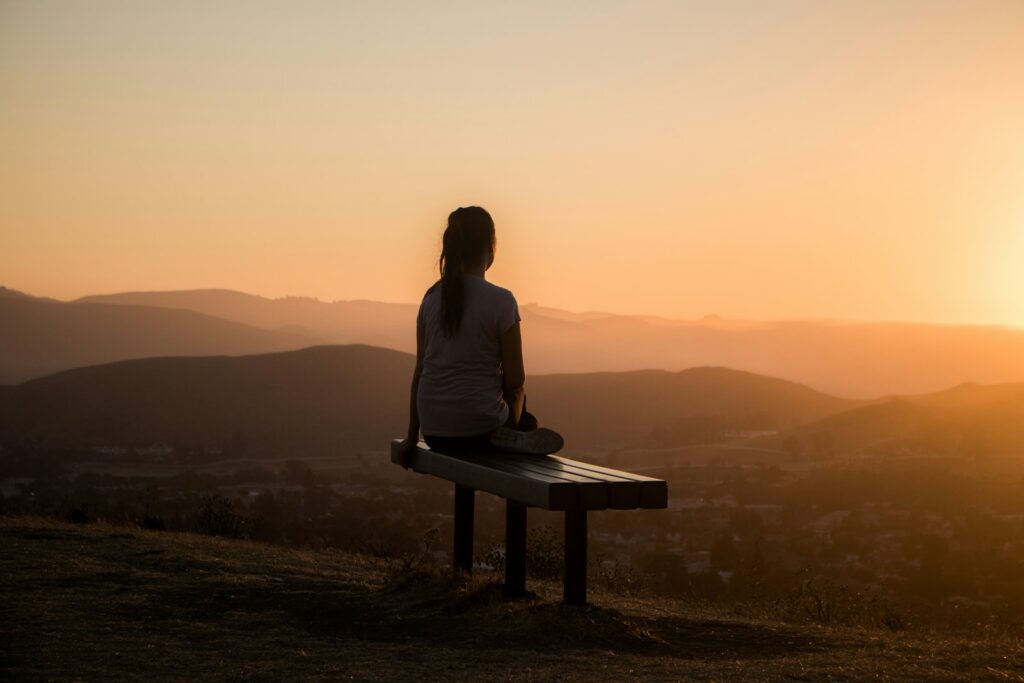
While reservable sites dominate in many popular parks, numerous campgrounds still operate entirely or partially on a first-come, first-served basis, presenting opportunities for spontaneous travelers. Arriving early is essential for these sites—think before 8:00 AM and typically on weekdays rather than weekends. Many successful campers arrive a day before their ideal camping dates and stay at nearby national forest campgrounds or BLM land before making an early morning move to secure their desired spot. Talk to rangers at visitor centers for insider information about which loops typically fill last or which campgrounds might have unexpected availability. Some parks have digital boards or Twitter accounts updating campground status, which can save you from making a fruitless journey to an already-full campground.
Monitor for Cancellations Religiously

Cancellations represent your secret weapon for scoring premium campsites after initial reservations fill up. Most national park campgrounds experience a predictable pattern of cancellations, particularly 2-3 weeks before arrival dates as people finalize their travel plans. Several technologies can assist in monitoring these cancellations, including third-party notification services like Campsite Notifier or Campnab that alert you when specific dates become available. Set up custom alerts for your desired dates and campgrounds, and be prepared to book immediately when you receive a notification, as good spots rarely remain available for more than a few minutes. Some dedicated campers have success by simply refreshing the reservation page multiple times daily, especially early mornings and late evenings when many people tend to adjust their plans.
Consider Less Popular Campgrounds Within the Park
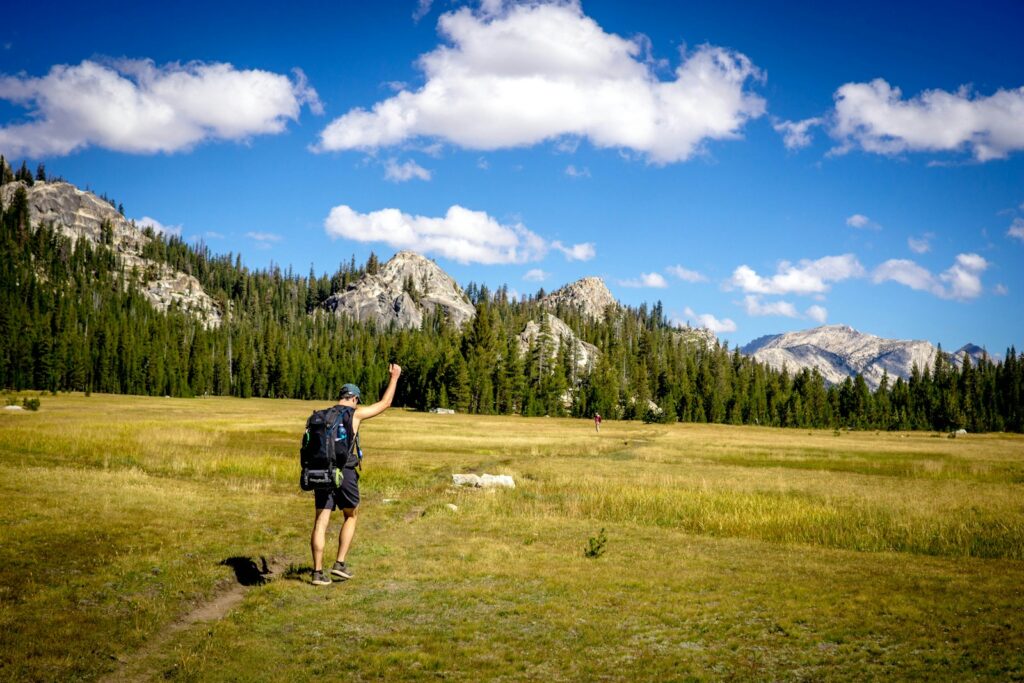
Most national parks have primary campgrounds that receive the bulk of attention and visitors, while secondary campgrounds often fly under the radar despite offering comparable or sometimes superior experiences. In Yosemite, for instance, while Valley campgrounds are nearly impossible to book, Tuolumne Meadows or Wawona frequently have availability and showcase different yet equally spectacular aspects of the park. These less-trafficked campgrounds typically offer more spacious sites, quieter surroundings, and a more immersive natural experience away from the crowds. They often provide better wildlife viewing opportunities as animals tend to avoid the busiest areas of parks. Additionally, the night sky viewing can be superior at more remote campgrounds where light pollution is minimized, allowing for breathtaking stargazing experiences not possible in more developed areas.
Explore Alternative Camping Options
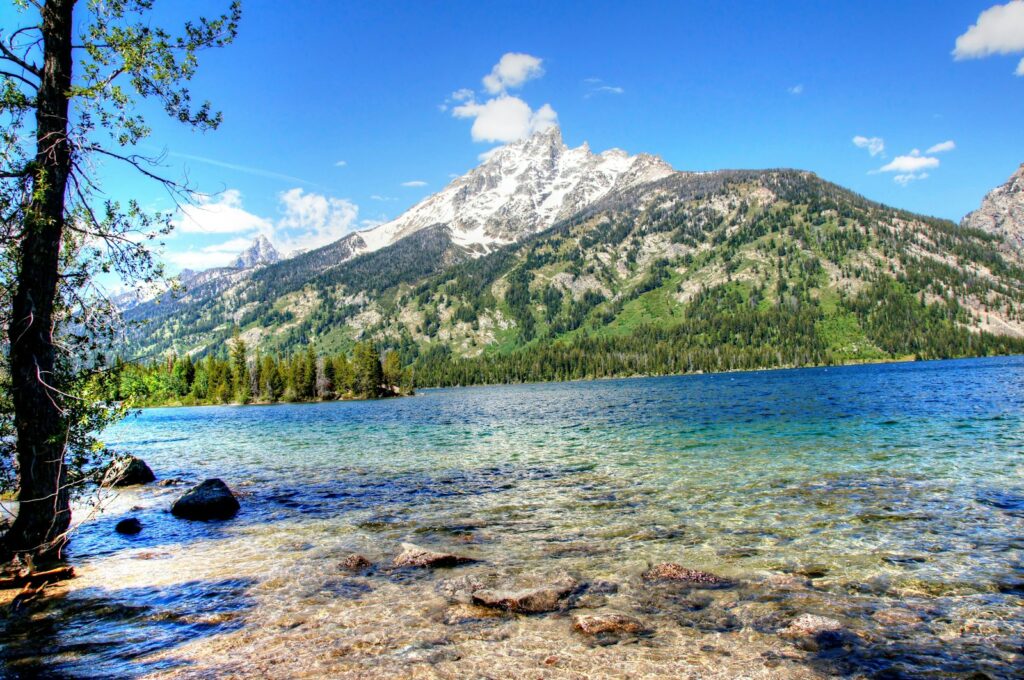
When traditional campgrounds are full, alternative camping options can save your trip while sometimes offering unique experiences unavailable in standard campgrounds. National forests adjacent to popular parks typically have dispersed camping areas with fewer restrictions and no reservation requirements. For example, the Bridger-Teton National Forest borders Grand Teton National Park and offers stunning free camping with fewer regulations. Private campgrounds near park boundaries frequently have availability when park campgrounds are full, and many have upgraded amenities like hot showers and laundry facilities. Additionally, platforms like Hipcamp connect travelers with private landowners who offer camping on their properties, sometimes featuring unique accommodations like yurts, treehouses, or glamping tents that provide memorable alternatives to traditional camping.
Join Ranger Programs for Inside Information

Park rangers represent an invaluable resource for campsite intelligence that you won’t find on official websites or in guidebooks. Attending ranger programs, particularly morning orientation talks or evening campfire programs, provides opportunities to discreetly ask about upcoming campsite availability or lesser-known spots worth considering. Rangers often know which campers are planning early departures or which sites might become available due to last-minute changes. They can provide insights about specific campsites that might work better for your particular needs, whether you’re seeking shade for hot weather, shelter from prevailing winds, or proximity to specific trailheads. Additionally, building rapport with campground hosts, who live on-site throughout the season, can result in helpful tips about campsite turnover patterns and unofficial waiting lists for prime spots.
Pack Strategic Camping Equipment
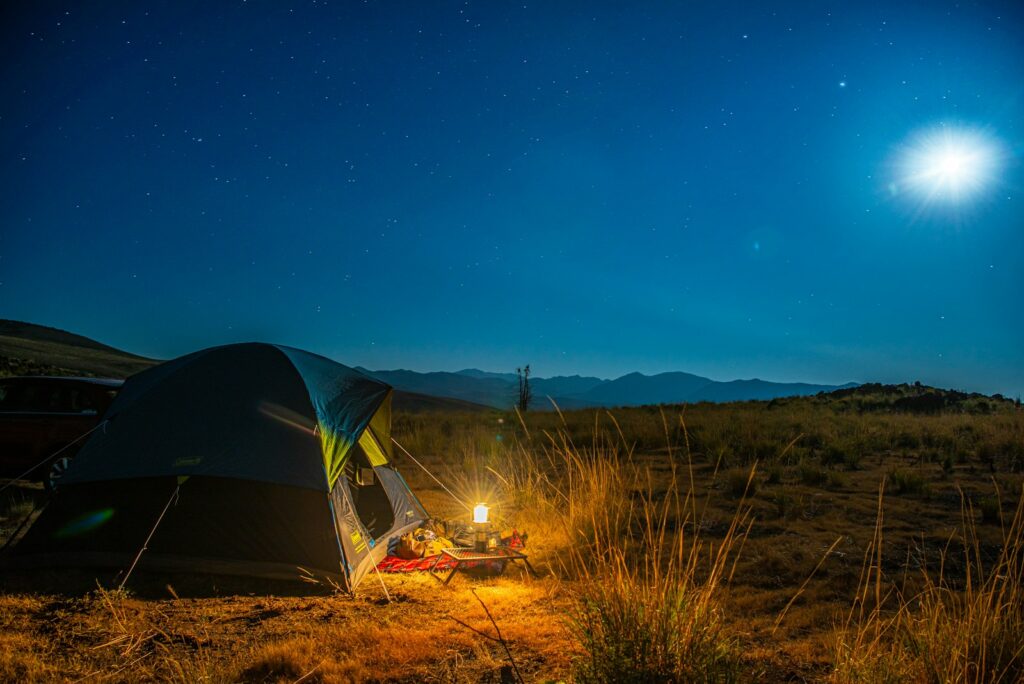
The right camping equipment can transform even a less-than-ideal campsite into a comfortable home base for your national park adventures. Portable privacy screens or tarps can create barriers between closely spaced sites in busy campgrounds, instantly improving your sense of seclusion. Noise-canceling earplugs or white noise machines can be lifesavers in bustling campgrounds where quiet hours aren’t strictly enforced. Comfortable camp chairs and proper lighting make any site more enjoyable, while a good camp kitchen setup ensures you won’t need to rely on crowded communal cooking areas. Consider bringing solar charging equipment to maintain device power without needing to compete for the limited electrical outlets that might be available in some campgrounds, ensuring you remain connected for weather updates and emergency communications.
Befriend Campground Hosts
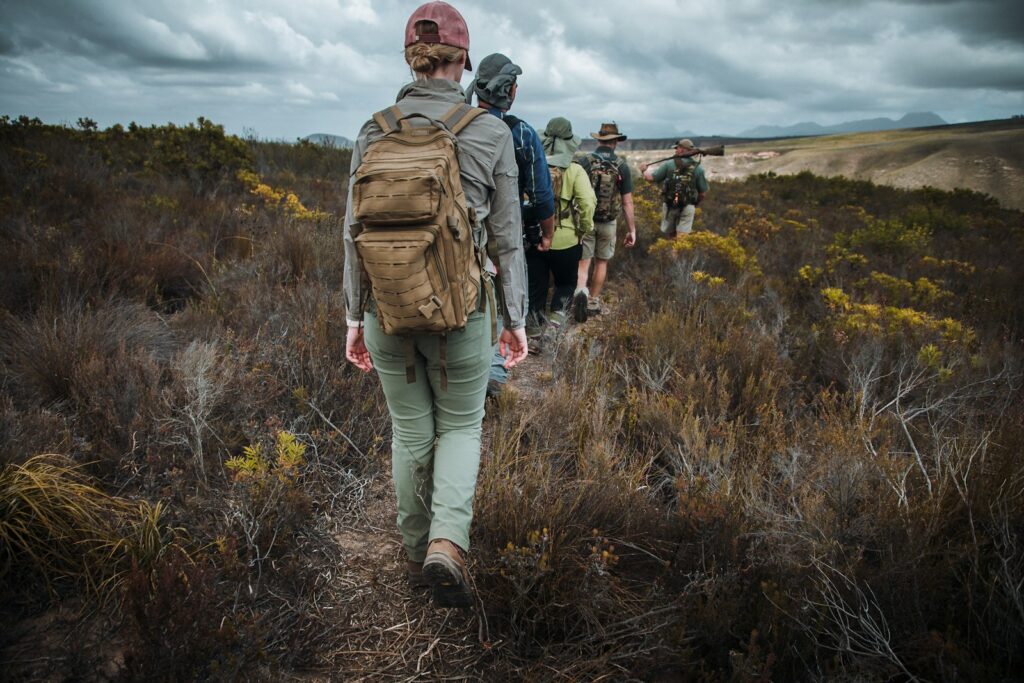
Campground hosts are long-term volunteers who manage day-to-day operations and typically have significant influence over campsite assignments and special accommodations. Taking time to introduce yourself to these hosts upon arrival and expressing genuine interest in their experience can establish a positive relationship that might benefit you throughout your stay. Hosts often have discretionary authority to allow minor extensions to stays, particularly during non-peak periods, or can suggest alternate sites if your assigned spot doesn’t meet your needs. These individuals know the rhythms of the campground intimately—from which sites flood during rainstorms to which fire pits draw smoke into tents during certain wind conditions. Additionally, hosts frequently maintain informal waiting lists for premium sites and may prioritize friendly campers they’ve already established rapport with when opportunities arise.
Learn Backcountry Camping Skills
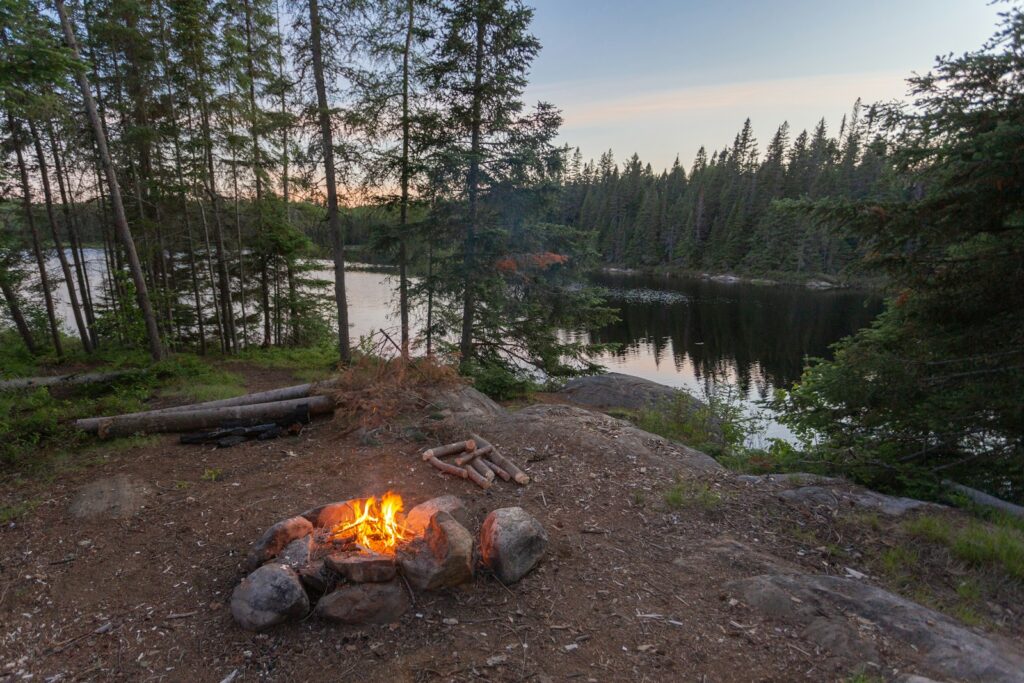
Developing backcountry camping skills opens up vast regions of national parks that remain uncrowded even during peak season. While frontcountry campgrounds might be booked solid, backcountry permits are often available with much less competition, particularly for less popular trailheads or more distant zones. These experiences require additional preparation and equipment, including proper food storage techniques, water filtration systems, and leave-no-trace practices. Many parks offer backcountry camping workshops or ranger-led overnight trips that provide hands-on training for novice wilderness campers. Backcountry camping not only solves the problem of crowded campgrounds but offers profoundly different national park experiences, allowing you to witness landscapes and natural phenomena that day visitors and frontcountry campers never see, from alpine meadows at sunrise to remote waterfall basins beneath star-filled skies.
Embrace the Social Aspect of Camping
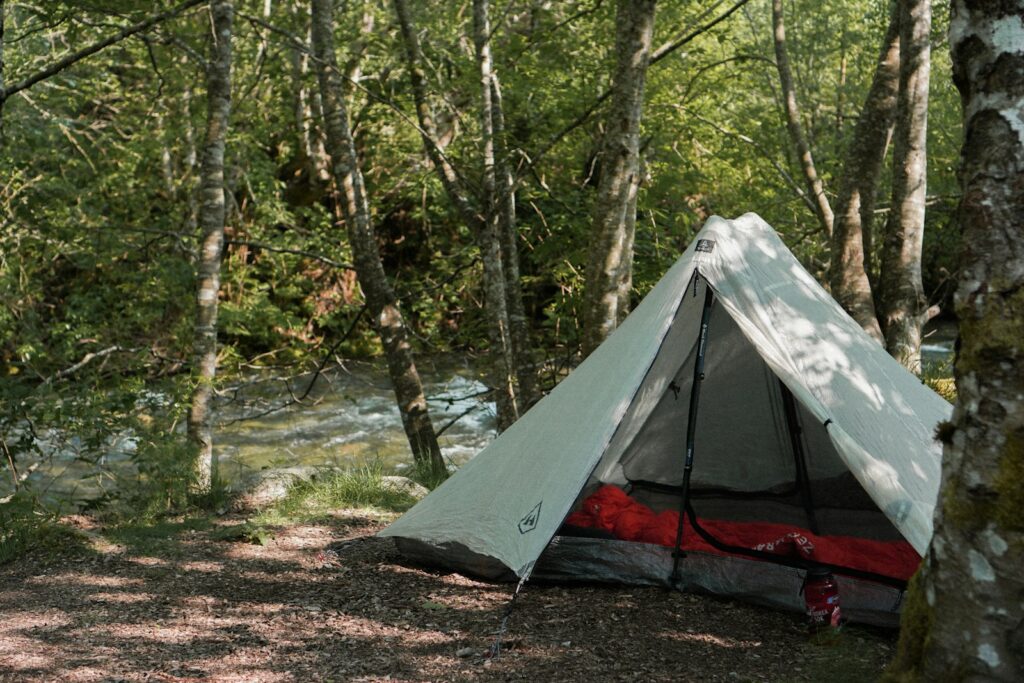
While privacy is often prized when camping, embracing the social aspects of campground life can actually improve your camping experience and open doors to better sites. Fellow campers frequently share information about upcoming site availability as people discuss their travel plans around communal areas like amphitheaters, visitor centers, and camp stores. Establishing friendly connections with neighboring campers sometimes results in inside information about their departure times, giving you a head start on securing their spot if it’s superior to yours. Some camping groups forge impromptu alliances to “hold” sites for each other during day excursions or to share particularly large or well-positioned campsites. Additionally, more experienced campers often freely share their knowledge about lesser-known camping opportunities nearby or strategies that have worked for them in securing desirable sites during busy periods.
National parks represent some of America’s most precious natural treasures, and the experience of camping within these protected landscapes can create lifelong memories. While increased visitation has undoubtedly made securing the best campsites more challenging, the strategies outlined above can significantly improve your odds of enjoying that perfect spot. Remember that flexibility, preparation, and persistence are your greatest allies in this pursuit. Sometimes the most memorable camping experiences come from unexpected places—a last-minute cancellation that puts you in a prime riverside spot, or a ranger’s recommendation that leads you to a hidden gem away from the crowds. Whether you’re watching the sunrise over Glacier National Park’s mountains or stargazing in Joshua Tree’s desert landscape, the effort invested in securing a quality campsite pays dividends in the quality of your national park experience.

